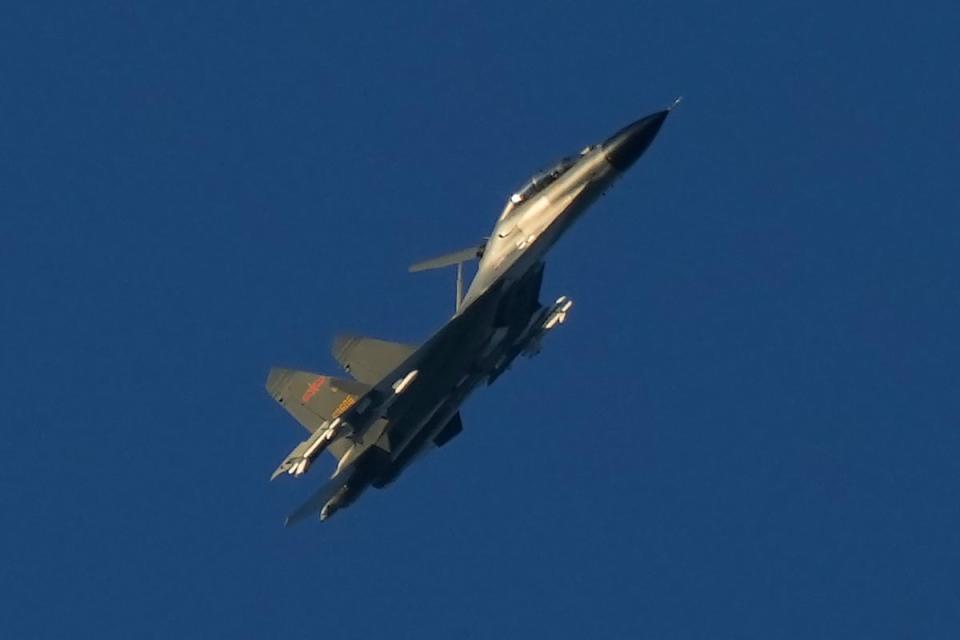Potential threat to Taiwan’s undersea internet cables pose risk to global economy, experts warn

Potential disruptions to undersea internet cables in the Taiwan Strait amid rising tensions with China could pose “immediate risks” to the global economy, experts have warned.
A report published earlier this week assessed a Chinese database of thousands of potential economic and military targets in Taiwan and identified strategic points of interest.
Researchers from George Mason University’s Mercatus Centre found that disruptions to submarine internet cables – crucial for Taipei’s semiconductor industry – could severely affect the US and global economy.
While there may not be a full-blown invasion, and China may also pay a price if the undersea cables are cut, it may be “willing to pay a price for its strategic aims,” said Bruce Jones, a senior fellow at the Brookings Institution and a consultant on the study, according to the South China Morning Post.
“The People’s Liberation Army appears to have planned extensively for invasion scenarios. Our analysis of open-source data reveals China’s strategic points of interest: locations of economic importance, potential military locations, and key digital infrastructure such as submarine cable landing stations,” the report noted.
Trans-continental undersea fiber-optic cables enable digital communications such as phone calls, emails, and web pages.
Currently, experts said there are over 450 cables across the ocean floor, and over 1,300 unique coastal landing stations with Taiwan connected to 15 submarine cables as of August 2022.
Washington needs to work with allies and partners in the #IndoPacific to enhance undersea cable security and contingency-planning for trade disruptions.
Figure below: Taiwan on a #submarine cable map pic.twitter.com/AJ83ioNZnc— Weifeng Zhong (@WeifengZhong) August 29, 2022
However, experts said that despite their importance, these cables remain “surprisingly vulnerable”.
“The most obvious threats are physical, given that submarine cables can be damaged in many ways: bitten by sharks, hit by ship anchors, shaken by earthquakes, sabotaged by malicious actors, etc,” they noted.
Citing a 2018 example, researchers said that when a cable connecting West Africa’s coast to Europe was cut due to some unknown reason, it affected six African countries that relied entirely on that one cable for their connectivity to the undersea cable network.
While the precise economic cost of disruption to Taiwan’s digital communications is unclear, experts estimate it may rack up to $55.63m (£48m) per day or $1.69bn per month based on Taiwan’s population of 23.57 million people.
“The economic effects over time would not be linear, however, and the costs of disruption would quickly escalate if companies were compelled to make larger production adjustments during a sustained conflict,” researchers added.
Undersea cable landing stations in Taiwan may be particularly vulnerable, they said.
These structures – often non-descript buildings – are critical infrastructure for the network and connect high-capacity cables.
For instance, the Pacific Light Cable Network, owned by Google and Facebook parent company Meta, has landing points in Toucheng, Taiwan; Baler, Philippines; and El Segundo, California.
“The bedrock of the internet is the submarine cables lining the ocean floor, and new evidence reveals the points of interest for China, which include economic centers, potential military locations, and submarine cable landing stations,” the experts wrote in the report.
They urged the US and allies to work with Taiwanese authorities to improve security for submarine cables and their landing stations, as well as to engage in contingency planning.

 Yahoo Finance
Yahoo Finance 